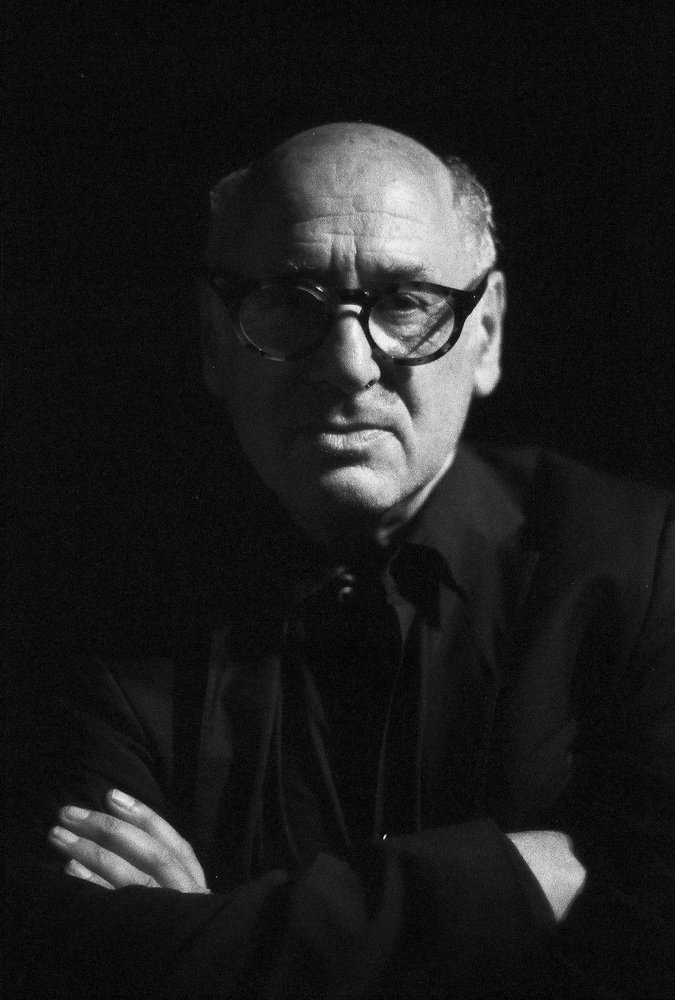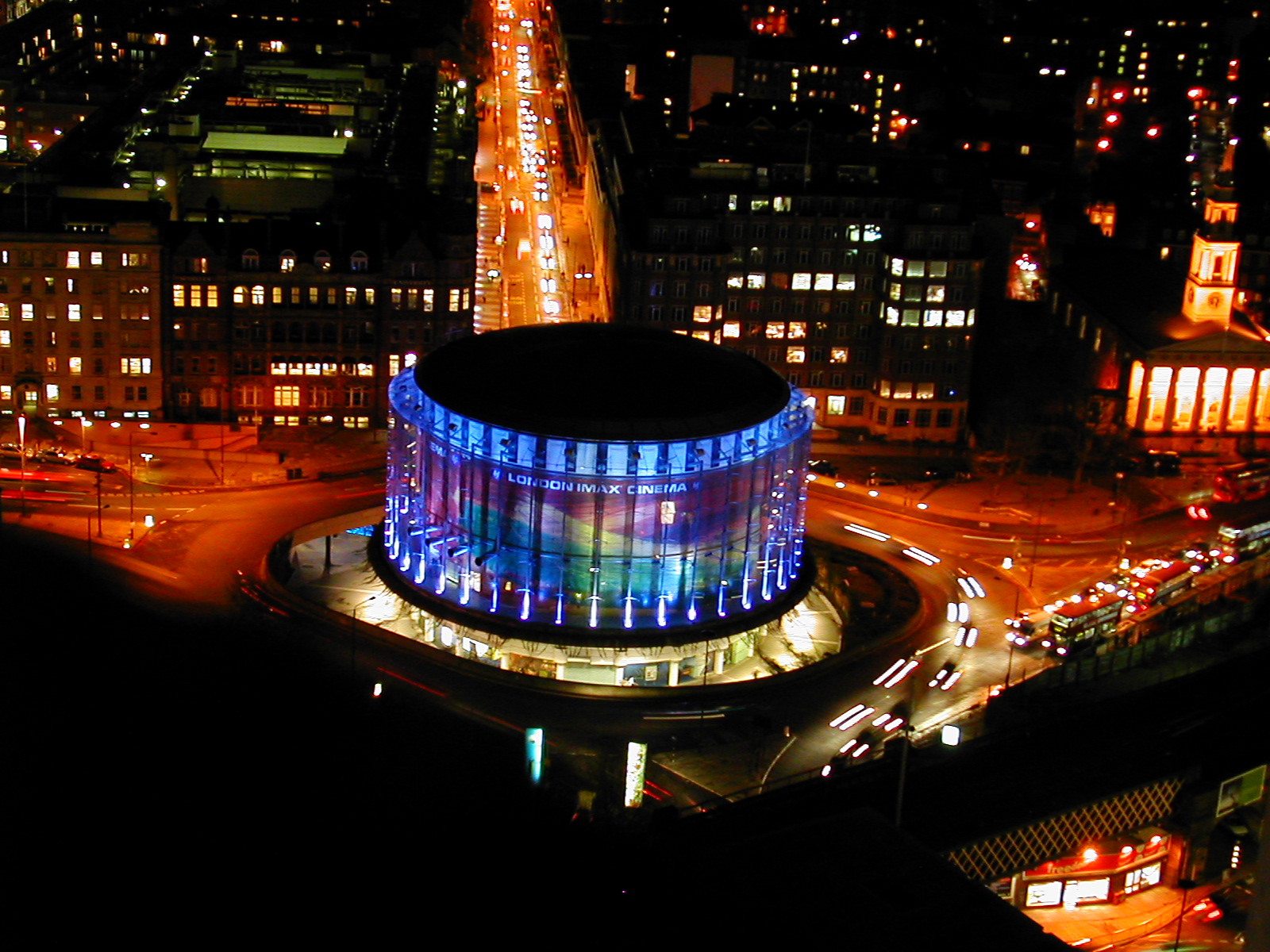|
Acts Of Beauty • Exit No Exit
''Acts of Beauty • Exit no Exit'' is the 55th album by Michael Nyman, the eighth on his own label, and the third of these to consist entirely of previously unrecorded work. He does not perform on the album, but composed and produced it. ''Acts of Beauty'' is a song cycle with texts by various writers commenting on the nature of art and beauty. It is performed by Cristina Zavalloni and Sentieri selvaggi, Sentieri Selvaggi, conducted by Carlo Boccadoro. ''Exit no Exit'' was originally a vocal work for John Motson called ''David Beckham, Beckham Crosses, Nyman Scores'', in tribute to the English association football team. Here, the vocal part is rewritten for bass clarinet, and played by Andrew Sparling of the Michael Nyman Band with the Nyman Quartet: Gabrielle Lester, Catherine Thompson, Kate Musker, and Tony Hinnigan. Acts of Beauty ''Acts of Beauty'' features settings of material by Vincenzo Cartari, Kurt Schwitters, subject of Nyman's opera, ''Man and Boy: Dada'', and Dz ... [...More Info...] [...Related Items...] OR: [Wikipedia] [Google] [Baidu] |
Michael Nyman
Michael Laurence Nyman, Order of the British Empire, CBE (born 23 March 1944) is an English composer, pianist, libretto, librettist, musicologist, and filmmaker. He is known for numerous film soundtrack, scores (many written during his lengthy collaboration with the film director, filmmaker Peter Greenaway), and his multi-platinum The Piano (soundtrack), soundtrack album to Jane Campion's ''The Piano''. He has written a number of operas, including ''The Man Who Mistook His Wife for a Hat (opera), The Man Who Mistook His Wife for a Hat''; ''Letters, Riddles and Writs''; ''Noises, Sounds & Sweet Airs''; ''Facing Goya''; ''Man and Boy: Dada''; ''Love Counts''; and ''Sparkie: Cage and Beyond''. He has written six concerti, five string quartets, and many other chamber music, chamber works, many for his Michael Nyman Band. He is also a performing pianist. Nyman prefers to write opera over other forms of music. Early life and education Nyman was born in Stratford, London, to a famil ... [...More Info...] [...Related Items...] OR: [Wikipedia] [Google] [Baidu] |
John Motson
John Walker Motson (10 July 1945 – 23 February 2023) was an English football commentator. Beginning as a television commentator with the BBC in 1971, he commentated on over 2000 games on television and radio. From the late 1970s to 2008, Motson was the dominant football commentary figure at the BBC, apart from a brief spell in the mid-1990s. Motson often wore a sheepskin coat (his 'Motty' coat) during winter months after he reportedly "battled horizontal sleet showers ahead of Wycombe Wanderers' FA Cup tie with Peterborough United" in December 1990. These coats became Motson's trademark look, making him instantly recognisable to his audience. In 2008, Motson announced his retirement from live television commentary. He continued to cover games for ''Match of the Day'' highlights and appeared on BBC Radio 5 Live as well as commentating on CBeebies' ''Footy Pups''. In September 2017, he announced his full retirement from BBC commentary, having commentated on 10 FIFA World Cu ... [...More Info...] [...Related Items...] OR: [Wikipedia] [Google] [Baidu] |
Erection
An erection (clinically: penile erection or penile tumescence) is a Physiology, physiological phenomenon in which the penis becomes firm, engorged, and enlarged. Penile erection is the result of a complex interaction of psychological, neural, vascular, and endocrine factors, and is often associated with sexual arousal, sexual attraction or libido, although erections can also be spontaneous. The shape, angle, and direction of an erection vary considerably between humans. Physiologically, an erection is required for a male to effect penetration or sexual intercourse and is triggered by the parasympathetic division of the autonomic nervous system, causing the levels of nitric oxide (a vasodilation, vasodilator) to rise in the Trabeculae of corpora cavernosa of penis, trabecular artery, arteries and smooth muscle of the penis. The arteries Vasodilation, dilate causing the Corpus cavernosum penis, corpora cavernosa of the penis (and to a lesser extent the corpus spongiosum) to fill ... [...More Info...] [...Related Items...] OR: [Wikipedia] [Google] [Baidu] |
British Film Institute
The British Film Institute (BFI) is a film and television charitable organisation which promotes and preserves filmmaking and television in the United Kingdom. The BFI uses funds provided by the National Lottery to encourage film production, distribution, and education. It is sponsored by the Department for Culture, Media and Sport, and partially funded under the British Film Institute Act 1949. Activities Purpose The BFI was established in 1933 to encourage the development of the arts of film, television and the moving image throughout the United Kingdom, to promote their use as a record of contemporary life and manners, to promote education about film, television and the moving image generally, and their impact on society, to promote access to and appreciation of the widest possible range of British and world cinema and to establish, care for and develop collections reflecting the moving image history, heritage and culture of the United Kingdom. Archive The BFI maintain ... [...More Info...] [...Related Items...] OR: [Wikipedia] [Google] [Baidu] |
Man With A Movie Camera
''Man with a Movie Camera'' is an experimental 1929 Soviet silent documentary film, directed by Dziga Vertov, filmed by his brother Mikhail Kaufman, and edited by Vertov's wife Yelizaveta Svilova. Kaufman also appears as the titular Man. Vertov's feature film, produced by the film studio All-Ukrainian Photo Cinema Administration (VUFKU), presents urban life in Moscow, Kiev and Odessa during the late 1920s.facsimile It has no actors. From dawn to dusk Soviet citizens are shown at work and at play, and interacting with the machinery of modern life. To the extent that it can be said to have "characters", they are the cameramen of the title, the film editor, and the modern Soviet Union they discover and present in the film. ''Man with a Movie Camera'' is famous for the range of cinematic techniques Vertov invented, employed or developed, such as multiple exposure, fast motion, slow motion, freeze frames, match cuts, jump cuts, split screens, Dutch angles, extreme close-ups, ... [...More Info...] [...Related Items...] OR: [Wikipedia] [Google] [Baidu] |
Dziga Vertov
Dziga Vertov (born David Abelevich Kaufman; – 12 February 1954) was a Soviet pioneer documentary film and newsreel director, as well as a cinema theorist. His filming practices and theories influenced the cinéma vérité style of documentary movie-making and the Dziga Vertov Group, a radical film-making cooperative which was active from 1968 to 1972. He was a member of the Kinoks collective, with Elizaveta Svilova and Mikhail Kaufman. In the 2012 ''Sight & Sound'' poll, critics voted Vertov's '' Man with a Movie Camera'' (1929) the eighth-greatest film ever made. Vertov's younger brothers Boris Kaufman and Mikhail Kaufman were also noted filmmakers, as was his wife, Yelizaveta Svilova. He worked with Boris Kaufman and cinematographer Mikhail Kaufman on his most famous film ''Man with a Movie Camera''. Biography Early years Vertov was born David Abelevich Kaufman into a Jewish family in Białystok, Poland, then a part of the Russian Empire. He Russified his Jewish name ... [...More Info...] [...Related Items...] OR: [Wikipedia] [Google] [Baidu] |
Dada
Dada () or Dadaism was an anti-establishment art movement that developed in 1915 in the context of the Great War and the earlier anti-art movement. Early centers for dadaism included Zürich and Berlin. Within a few years, the movement had spread to New York City and a variety of artistic centers in Europe and Asia. Within the umbrella of the movement, people used a wide variety of artistic forms to protest the logic, reason, and aestheticism of modern capitalism and modern war. To develop their protest, artists tended to make use of nonsense, irrationality, and an anti-bourgeois sensibility. The art of the movement began primarily as performance art, but eventually spanned visual, literary, and sound media, including collage, sound poetry, cut-up technique, cut-up writing, and sculpture. Dadaist artists expressed their discontent toward violence, war, and nationalism and maintained political affinities with radical politics on the left-wing and far-left politics. The movem ... [...More Info...] [...Related Items...] OR: [Wikipedia] [Google] [Baidu] |


